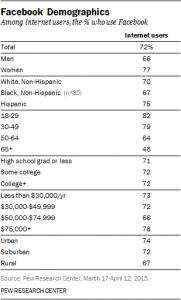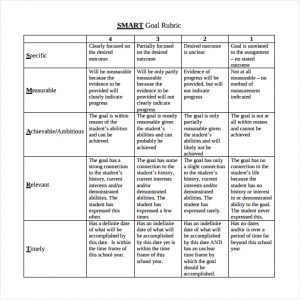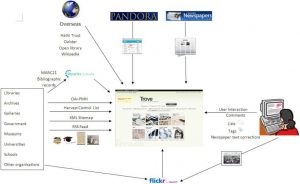Title:
Nashville Sites: Understanding Nashville’s Narrative using Public Historical Markers
Institution:
Metropolitan Historical Commission of Nashville and Davidson County
Project Director:
Mary Ellen Pethel, Ph.D.
Grant Program:
Digital Projects for the Public: Prototyping Grants
In 1967, the newly-formed Metropolitan Historical Commission of Nashville and Davidson County (MHC) initiated a historical marker program to commemorate significant people, places, and events in the city’s past. With over 150 historical markers now in the county, this program is one of the most successful, and most public projects to date. There is quite an extensive process to erect a marker, but most importantly: “Every statement on a Metropolitan Historical Commission marker must satisfy two conditions: Is it significant? Is it accurate?” (http://bit.ly/2lkfo8Z). For this project, I will begin with these two historical questions and expand to include the following:
- How can marker content be complemented with other primary sources to convey a more engaging and important story.
- How can this digital history project combine individual entries for markers to create a broader historical narrative for downtown Nashville’s historical site markers.
- In what ways can I connect this project to other significant downtown sites where there are not metro historical markers.
- How can I best engage audiences both local and visiting to participate in the walking tour, and how can I best use historical scholarship to support this project.
- Are there connections to the broader arts and humanities community that I can easily incorporate?
Omeka will be the primary format for “Nashville Sites” with an interface based on a modified version of “Histories of the National Mall.” This project, sponsored by an NEH grant and developed by George Mason University and the Roy Rosenzweig Center for History and New Media leads the way in digital histories based on public history sites within a particular geographical area. “Nashville Sites” will follow a similar thematic layout based the following categories: maps, explorations, and places. In contrast to mallhistory.org , this project will designate and create a walking tour based on existing, physical historical markers. The site for this project is nashvillesites.org and relevant primary documents will be available for each destination point. These primary sources include images, renderings, and other media files.
In addition to these project resources, digital technologies will enhance metadata available via public records. Curatescape will be used to provide latitude/longitude for geo-spatial mapping, Omeka exhibits will organize marker text and context, and there will also be additional outside links related to selected markers. Points to be included for this project range from the earliest known business to the Ryman Auditorium to historical churches to government buildings.
This format will effectively convey Nashville’s historical narrative based on a humanities-centered approach. Selected markers in the downtown core will be used as the prototype for a larger long-term project will ultimately include all existing markers managed by MHC. The Metropolitan Historical Commission is the steward of two commissions which guide historic preservation projects for metro Nashville. The MHC is funded by the citizens of Davidson County through tax revenues with an annually appropriated budget. In addition, MHC is supported by a separate 501(c)(3)—Metropolitan Historical Commission Foundation (MHCF). The MHCF solicits outside funding and donations for projects that exceed the commission’s budgetary scope. The MHCF has verbally committed to additional funding as this project develops, and the MHC staff is currently collaborating and providing data and sources related to “Nashville Sites.”
The timeline for the project, for this stage, is May 2017. However, it is my hope that funding from MHCF will continue this project until all 150 markers are part of the digital project. There are several targeted audiences: visitors (tourists), local residents, and students. Reaching these audiences will depend on whether or not the project is user-friendly, which is why I am using a web rather than an app-based platform. Evaluation of “Nashville Sites” will be determined, in large part, by the number of hits the site generates from month to month once fully functional.
Distribution and sustainability with specific public user groups will depend on continued support and funding through the MHCF, the development of a social media presence, and the promotion of nashvillesites.org via visible signage on the markers themselves and brochures (and the like) in local businesses and hotels.





